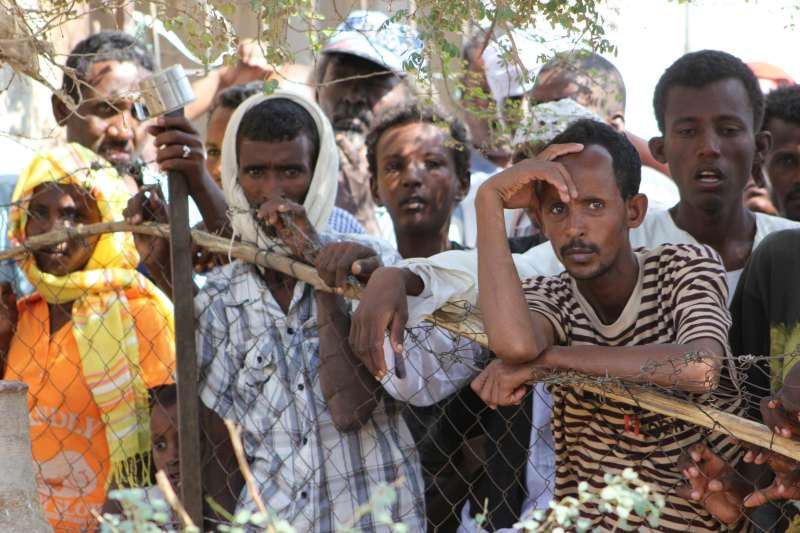Eastern Sudan hosts 112,283 Eritrean refugees – 83,499 of whom live in camps and 28,784 in urban situations. The first refugees arrived in 1968 fleeing Eritrea’s war of independence with Ethiopia. Over the course of the subsequent thirty-year conflict, successive waves of people fleeing repression, insecurity, famine and drought crossed the border into Eastern Sudan.

Although significant numbers of Eritrean refugees returned home after a peace treaty was signed in 2000, ongoing deterioration in the political and human rights situation in Eritrea has again caused many to flee – in some cases for the second time – to Eastern Sudan.
This continued deterioration means voluntary repatriation is not a viable durable solution for Eritrean refugees in Eastern Sudan. Despite the longstanding nature of the Eritrean refugee population in Eastern Sudan, prospects for local integration are also quite limited. Sudan is a signatory to the 1951 Convention, its 1967 Protocol and the 1969 OAU Refugee Convention.
However, the Sudanese Government has a reservation to Article 26 of the 1951 Convention pertaining to refugees’ freedom of movement, and therefore has a legal basis to oblige refugees to remain in camps. Although some refugees have managed to leave the camps and find work in urban areas, these types of livelihoods are both precarious and very limited.
Naturalisation is in principle available to long-term residents. However, living in Sudan as a refugee and being recognized as such by the authorities does not constitute ‘legal residence,’ making it impossible for Eritreans to be naturalised through formal means. Some Eritreans have accessed
Sudanese citizenship, but have relied on personal connections and significant resources in order to do so. Both UNHCR and NGOs have raised concerns about an increase in the number of kidnappings and trafficking activity targeting Eritrean refugees in Eastern Sudan, in particular in Shagarab camp.
In 2012, 262 Eritrean refugees departed for resettlement from Sudan. For 2014, UNHCR’s resettlement submissions planned for Eritrean refugees represent 2,690 refugees, and UNHCR has projected that all of them are in need of resettlement. UNHCR plans to submit 9,500 Eritrean refugees who arrived in Sudan prior to January 1st 2005, and can be considered as living in a protracted refugee situation, for resettlement. In Europe, Eritrean refugees from Sudan were resettled to the Netherlands, Norway and Sweden.
